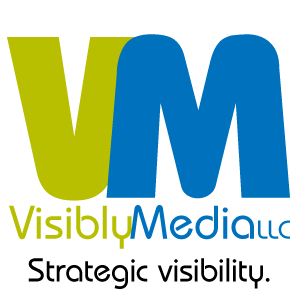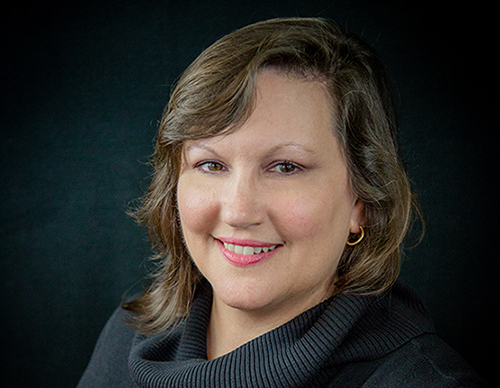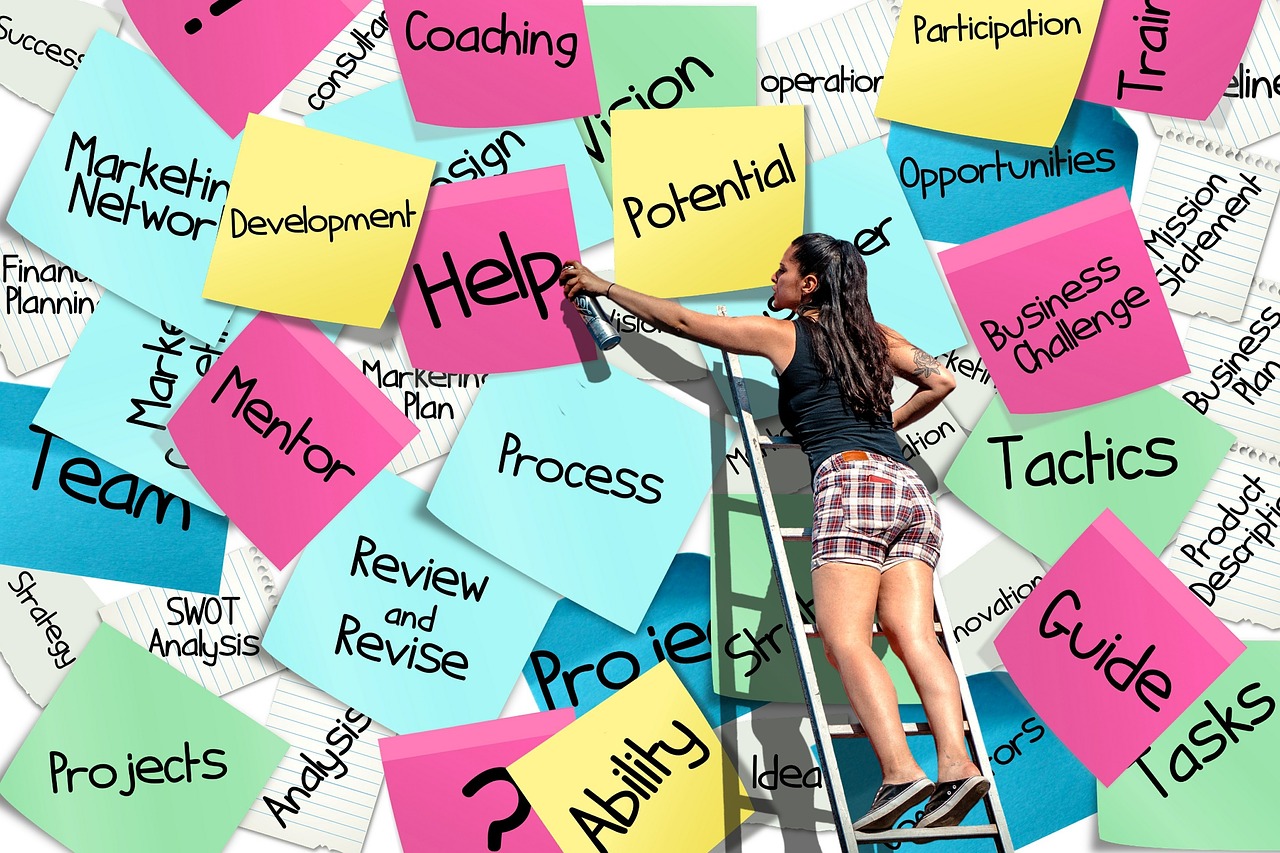Assumptions can absolutely destroy everything. Unless expectations are clearly defined, assumptions can destroy research, volunteer participation, professional development – even personal and professional relationships aren’t safe. I’ve heard through much of my life that the word “assume” breaks down simply to this: “When you ASSUME, you make an ASS out of yourself (u) and (me).”
Makes you wonder why anyone would make assumptions in the first place. Assumptions lead to conclusions, and not always the right ones. In this day and age, conclusions typically lead to reactions, and again – not always the best ones.
Why, indeed.
This year, I’ve taken on a new leadership role in my Toastmasters District 3 (Arizona): TLI Chair. For those not familiar with “Toastmasters-speak”. TLI stands for Toastmasters Leadership Institute. Every 6 months, TLI trains our clubs’ officers on their roles within their clubs, and offer electives to help members explore their own personal or professional development as they define it.
My role is to coordinate everything for virtual training: presenters, moderators, presentations, marketing, tech support, communication between all parties, and communication to our members. Sessions are typically scheduled in 4 days, spread out over the course of a month, either a Friday or Saturday.
Moderator training was held several days over a 10-day period, presenters were allowed to record to help mitigate bandwidth issues and also to take advantage of YouTube’s captioning feature. Emails were sent out daily over a week leading up to the event. Members were encouraged to update their operating systems, ZOOM software, and browsers in preparation for the trainingI reassured all our volunteers that I didn’t expect everything to be perfect; we’re dealing with technology – it never fails until it does. Our team felt confident and ready to rock!
Our first session turned out well. My director felt we hit about 90% of our goals. Not bad.
The second session…well, not so much, but it wasn’t a total failure. My director felt we hit about 93% of our goals. So, what happened?
Assumptions.
What happened?
- I assumed we knew how people would copy and paste the ZOOM link if the embedded passcode failed. Reality: people copy/paste differently. As a result, 25% of our members had trouble with the ZOOM link.
- I assumed members would contact our tech team and myself if they ran into trouble. Reality: for the first 90 minutes we took emails, calls, text messages, and Messenger requests for help.
- I assumed our tech wouldn’t have any failures. Reality: my own ZOOM account froze at the worst moment, when I was moderating a session.
- I assumed volunteers would let me know if they were not available. Reality: after several emails, a few volunteers couldn’t help.
- I assumed our tech team would download information to verify attendance. Reality: YES,they did!
- I assume our Tech Chair knew how to parse the attendance information for our Director. Reality: no.
The good news is, we learned from the assumptions made and moved forward. Our next session is this Saturday, and while still don’t plan on everything working perfectly (honestly – it’s unrealistic), we’ve regrouped, realized, and reworked our strategies.
Resolutions
- Our email blast to our attendees now embeds the meeting ID and passcode.
- Our email blast also includes information about supported browsers and operating systems.
- In addition to email requests, we’re reaching out by phone to our volunteers to make sure their schedules still allow them to help.
- We’ve created more strategic and comprehensive communications so our team truly knows what is expected of them, and what they can expect from me as well.
- We now know what format for parsing the collected attendance data works best for our reporting system.
- At my request, members connected with us to tell us about their computer set-up, operating systems, and browsers. They were very willing to help us diagnose problems and offer solutions based on their own experiences.
Without realizing it and not doing so on purpose, we involved our members into the solutions and gained a bigger team, and I am grateful for their help and insights.
I went back to “Tech Support 101” and understood testing, checklists, and specific communication work very well when applied.
I look back at this experience, though not yet finished, and realize that while I am growing in my leadership, I still have a lot to learn. I am ready to learn it and share these experiences with others.
Now it’s your turn! What was the most challenging leadership opportunity you took on, and what was the one takeaway you learned?
Be strategic. Be visible. Be found.
Ready to start using social media smarter, not harder? Schedule a 30-minute discovery chat over ZOOM to talk about how we can strategically incorporate both social media and inbound strategies into your current marketing plan.
Branded ZOOM backgrounds allow businesses to not only add another option for secondary marketing but also confirm both identity and authority to prospects and customers. Investment starts at $75. Visit our webpage to get started.
#smallbusiness #businesstips #marketingtips #socialmedia #digitalmarketing #visiblymedia #leadershiplessons #professionaldevelopment #toastmasters













